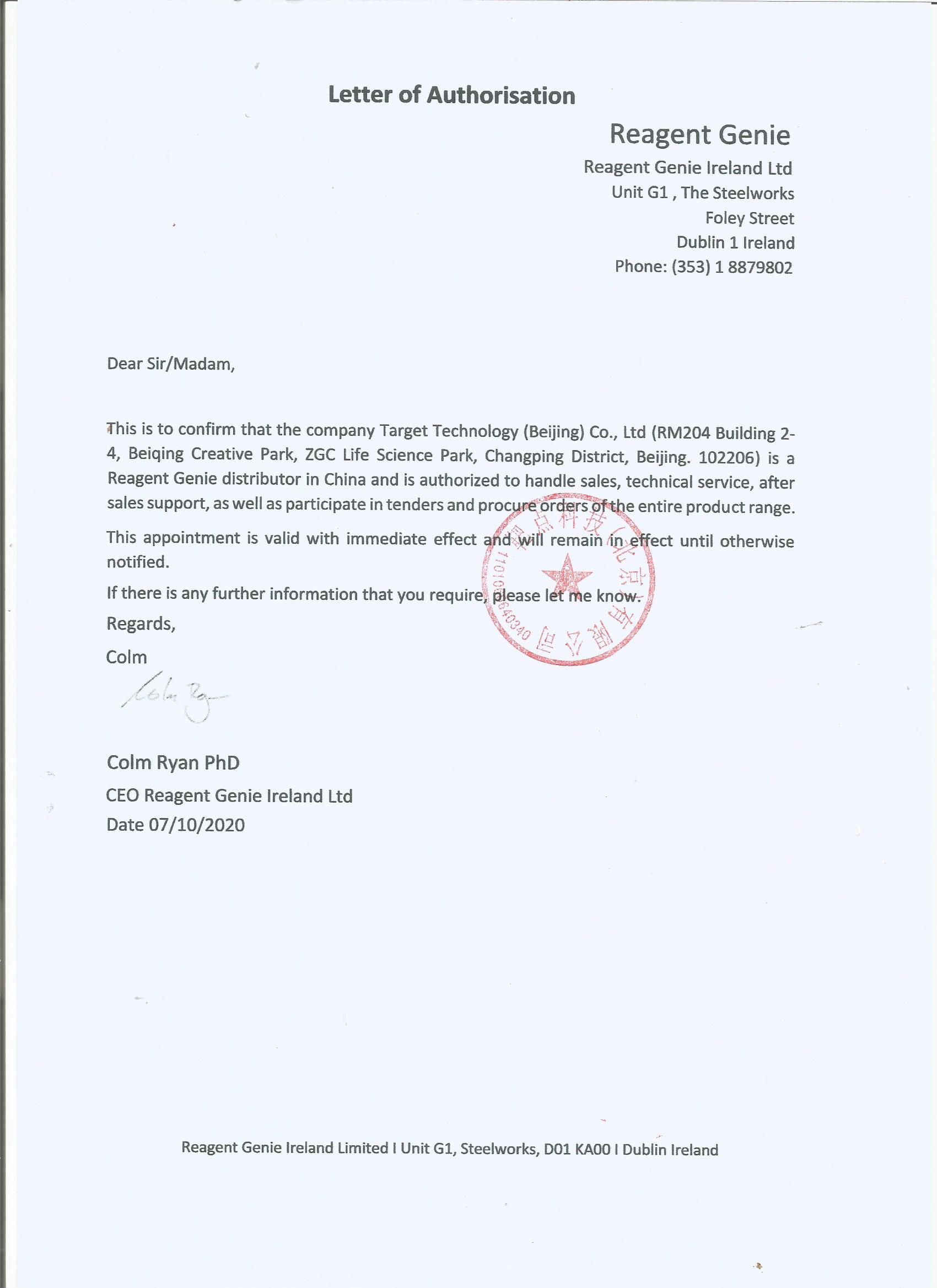Rat CFL1 / Cofilin ELISA Kit - Information
The ELISA Genie Rat CFL1 / Cofilin ELISA Kit can assay for Rat CFL1 / Cofilin in the following samples: serum, blood, plasma, cell culture supernatant and other related supernatants and tissues.
How our Rat CFL1 / Cofilin ELISA Kits Work?The ELISA Genie (enzyme-linked immunosorbent assays) assay kits are designed for the quantitative measurement of analytes in a wide variety of samples. As today's scientists demand high quality consistent data for high impact journals, ELISA Genie have developed our range of sensitive, fast and reliable ELISA kit assays to meet and exceed those demands. Our assay kits use a quantitative sandwich ELISA technique and each kit comes with highly specific antibodies pre-coated onto a 96-well microtiter plate.
At ELISA Genie we understand the need for speed! Therefore, we have developed an ultra-fast protocol meaning you achieve your results rapidly. So, once you have prepared and plated your samples, blanks and standards, you simply incubate with a highly specific biotin-conjugated primary antibody and Avidin conjugated to Horseradish Peroxidase (HRP) and incubate for the appropriate length of time. After washing the plate according to the protocol and addition of the TMB (3,3',5,5'-Tetramethylbenzidine) solution, the appearance of a blue colour should be detected due to an enzymatic reaction catalysed by HRP. Next step is the addition of the Stop Solution which terminates the HRP reaction and the blue colour turns yellow with the signal intensity measured on a plate reader at 450nm. The amount of bound Rat CFL1 / Cofilin is proportional to the signal generated by the reaction meaning the kit assay gives you a quantitative measurement of the analyte in your samples.
Rat CFL1 / Cofilin ELISA Kit - Data
| Description |
Binds to F-actin and exhibits pH-sensitive F-actin depolymerizing activity. Regulates actin cytoskeleton dynamics. Important for normal progress through mitosis and normal cytokinesis. Plays a role in the regulation of cell morphology and cytoskeletal organization. Required for the up-regulation of atypical chemokine receptor ACKR2 from endosomal compartment to cell membrane, increasing its efficiency in chemokine uptake and degradation. Required for neural tube morphogenesis and neural crest cell migration. |
|
| Post-Translational Modification |
Inactivated by phosphorylation on Ser-3. Phosphorylated on Ser-3 in resting cells. Dephosphorylated by PDXP/chronophin; this restores its activity in promoting actin filament depolymerization. The phosphorylation of Ser-24 may prevent recognition of the nuclear localization signal. Phosphorylated via a ARRB1-RAC1-LIMK1-PAK1 cascade upon active ligand stimulation of atypical chemokine receptor ACKR2. |
|
| Uniprot ID | P45592 |
| Detection method |
Sandwich ELISA Double Antibody |
||||||||||||||||||||
| Application |
This immunoassay kit allows for the in vitro quantitative determination of CFL1 concentrations in serum plasma and other biological fluids. |
||||||||||||||||||||
| Size |
96T |
||||||||||||||||||||
| Range |
0.156-10ng/ml |
||||||||||||||||||||
| Sensitivity |
< 0.094ng/ml |
||||||||||||||||||||
| Storage |
4'C for 6 months |
||||||||||||||||||||
| Recovery |
Matrices listed below were spiked with certain level of CFL1 and the recovery rates were calculated by comparing the measured value to the expected amount of CFL1 in samples.
|
||||||||||||||||||||
| Linearity |
The linearity of the kit was assayed by testing samples spiked with appropriate concentration of CFL1 and their serial dilutions. The results were demonstrated by the percentage of calculated concentration to the expected.
|
||||||||||||||||||||
| CV(%) |
Intra-Assay: CV<8% |
||||||||||||||||||||
| Note |
For Research Use Only |
 会员登录
会员登录.getTime()%>)
 购物车()
购物车()


 成功收藏产品
成功收藏产品



